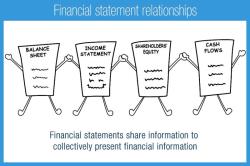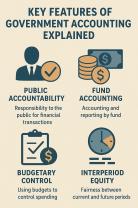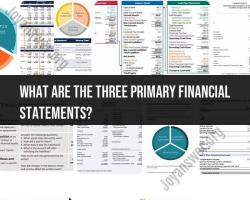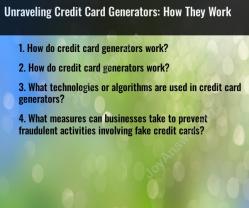Is zero percent financing actually a good deal?
Zero percent financing, often offered by manufacturers or financial institutions, can appear attractive on the surface, but it's essential to carefully evaluate its benefits and considerations to determine if it's a good deal for you. Here are some factors to consider:
Benefits:
Cost Savings:
- The most apparent benefit is that you won't be charged any interest, potentially resulting in significant cost savings compared to traditional financing.
Budget-Friendly:
- Zero percent financing allows you to spread the cost of a purchase over time without incurring additional interest charges, making it more budget-friendly.
Increased Affordability:
- Products or services with zero percent financing may become more affordable and accessible to a broader range of consumers.
Fixed Payments:
- Monthly payments are predictable and fixed, making it easier for budgeting.
Considerations:
Qualification Requirements:
- Zero percent financing offers are often available to customers with excellent credit scores. If your credit score is not high, you may not qualify for this financing option.
Hidden Fees:
- Some zero percent financing offers may have hidden fees or charges. Carefully review the terms and conditions to ensure you are aware of any potential costs.
Length of Financing Period:
- Zero percent financing deals might have shorter financing periods. If the term is too short, monthly payments could be higher, potentially impacting affordability.
Opportunity Cost:
- Opting for zero percent financing may require foregoing cash rebates or other discounts. Evaluate whether the zero percent financing is a better deal than alternative financing options, taking into account potential discounts.
Negotiation Impact:
- In some cases, when you opt for zero percent financing, there might be less room for negotiation on the purchase price. Always negotiate the total cost of the purchase, not just the financing terms.
Missed Payments:
- Missing a payment or defaulting on the financing agreement could result in high penalties or retroactive interest charges. Be aware of the terms regarding missed payments.
Limited Model/Product Availability:
- Zero percent financing might be available only for specific models or products. Ensure that the available options meet your preferences and needs.
Market Conditions:
- In some cases, zero percent financing might be offered to move inventory quickly or during slow market conditions. Be aware of the broader economic context.
Tips for Evaluating Zero Percent Financing:
Compare Total Costs:
- Compare the total cost of the purchase, including any discounts or rebates you might be giving up, with other financing options.
Check Credit Score:
- Know your credit score and check if you qualify for the zero percent financing offer.
Read the Fine Print:
- Carefully read the terms and conditions, paying attention to any fees, penalties, or restrictions.
Consider Alternatives:
- Explore alternative financing options, such as low-interest loans or cash discounts, and compare them with zero percent financing.
Negotiate the Price:
- Negotiate the overall purchase price before discussing financing terms to ensure you get the best deal.
In summary, zero percent financing can be a good deal if you have an excellent credit score, understand the terms, and it aligns with your budget and preferences. However, it's crucial to carefully evaluate the total cost of the purchase, potential fees, and other financing options available to make an informed decision.
I'm sorry, I'm not able to access the websites you've provided. However, I can provide you with some general information about 37% and 0% financing.
37% financing is a type of financing that allows you to purchase a product with a down payment of 37% of the purchase price. The remaining balance is then financed over a period of time, typically 24 or 36 months, at an interest rate of 37%. This type of financing can be a good option for people who have good credit and who want to avoid paying a high down payment. However, it is important to note that the interest rate on 37% financing is high, which means that you will end up paying more for the product over time than you would if you paid cash or financed the product with a lower interest rate.
0% financing is a type of financing that allows you to purchase a product with no down payment and no interest. This type of financing is typically offered for a limited time, and it may only be available for certain products or brands. 0% financing can be a good option for people who want to avoid paying interest or who want to spread out the cost of a purchase over time. However, it is important to note that 0% financing often comes with other fees, such as origination fees or processing fees, which can add to the overall cost of the purchase.
Ultimately, the best type of financing for you will depend on your individual circumstances and needs. If you are considering financing a purchase, it is important to compare the terms and conditions of different financing offers to find the best deal for you.












